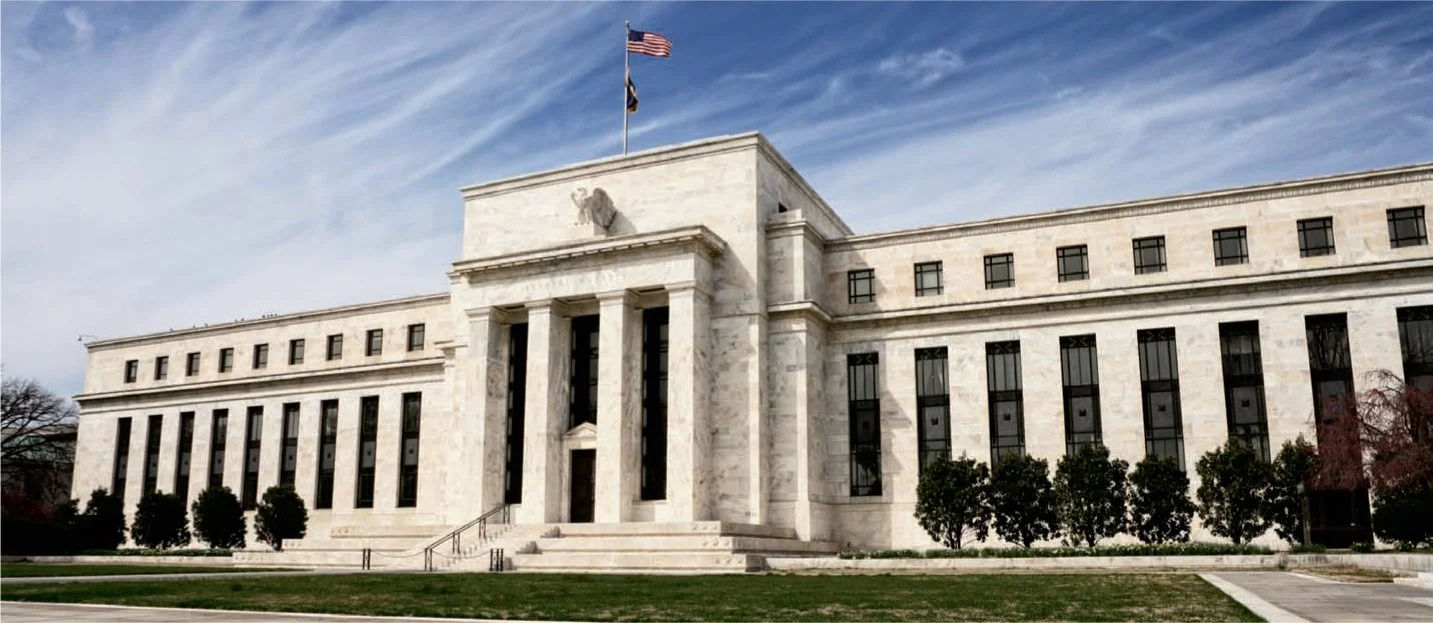From the very founding of this firm, we believed that we were uniquely prepared to embrace volatility, identify opportunities, and be strategic and calm in the face of chaos (obligatory and heart-felt thank you to our parents). To be clear, there are lots of things that we worry about (tech valuations and a possible recession). And plenty of things are outside of our control (clear and cogent policies so businesses can plan accordingly). But what we aren’t worried about are our clients’ long-term portfolios.
We view managing risk in investment portfolios as one of our key responsibilities. And this is one of the most challenging investment landscapes that we have ever seen.
On August 5th, the Japanese stock market declined by 12% in a single day and the next day it increased by 10%. There is no possible way that Japanese businesses were worth 12% less on one day and 10% more the following day. Academics and the wall street money machine would have us believe that “markets are efficient.” The prospects of this theory are as absurd today as when Benjamin Graham wrote his seminal work on value investing, The Intelligent Investor.
2024 marks the 75th anniversary of the prescriptive investment wisdom by the late Benjamin Graham. After his own father - Warren Buffet considers Benjamin Graham the second most important person in his life, saying "He embodied what Walt Whitman described as, ‘Men who plant trees that other men will sit under.’ ”
Long in the making, my family explored Paris, the French countryside and the Normandy region in June and July. As I was reflecting on our trip during the flight home, I took note of what made our trip such a success: the inherent uncertainty of travel, excitement for the unknown, thorough preparations, a curiosity and thirst for growth, flexibility to adapt, and an optimistic attitude that no matter what we encountered, we can thrive.
In reviewing our current allocations and positioning, it is not lost on me that these same traits are guiding our investment decisions. As Nick writes in this quarter’s newsletter, despite economic and political volatility and all the associated unknowns, we feel very, very good about our current strategy.
Over the last couple months we have seen many analyst reports calling for a reemergence in the growth of earnings and generally an upbeat/bullish outlook for the economy and stocks. The narrative goes: The Fed has finished hiking interest rates, and it will soon lower the fed funds rate creating a stimulative impact on the economy and market. The market has celebrated this narrative with many calling for a “soft landing” and pricing in as many as 5 Fed rate cuts. As a result, many market analysts are “all in.” Some of those young folks have proclaimed a generational buying opportunity. We couldn’t disagree more with this outlook.
From our founding days at Pilot Wealth Management, we have been consistently and unabashedly value investors. We like to buy things that are undervalued by fundamental measures and ideally aligned with principled people who steward their investors capital as if it were their own. With any investment style, there are times when it has “underperformed” and there are times when it has “outperformed” the market averages. The performance of the “60/40” traditional portfolio’s performance has been abysmal of late. This is not the case with the portfolios we have assembled for you. Since the S&P 500 peaked at the end of 2021, our largest holdings have certainly outperformed.
Over the last week we have had two banks in the United States fail. One of those banks, Silicon Valley Bank was the 16th largest bank by assets and deposits with over $200+B and $170+B respectively. While I don’t want to minimize the importance of this as there are a significant number of depositors and businesses exposed, I don’t believe this is going to lead to a widespread systemic banking crises. This will be resolved in short order, but we do have reason to be worried.
As portfolio manager, Nick’s letter begins by looking forward and focusing on what may lay ahead: how we are positioned to not just weather the uncertainty, but take advantage of it. But I find myself pausing and reflecting on last year. And I keep coming back to one very strong emotion: GRATITUDE.
In 1964 Henry Littlefield wrote an article explaining the political and economic allegory in the book, The Wonderful Wizard of Oz. The book, written by Lyman Frank Baum and published in 1900 describes a number of metaphors explaining the economic and political realities facing the country in the 1890s. Following the Mid 1800s “Gilded Age” and subsequent depression era, the wealth gap had become untenable and a number of politicians thought that an inflationary expansion of the monetary policy could be the answer to help the average American. Unfortunately, just like today, economic upheaval ensued. The tornado swept up Dorothy and displaced them into the land of OZ and she exclaimed, “We’re not in Kansas anymore.”
We have written in the past that all eyes are on the US Federal Reserve - and they are in quite the pickle. The Fed funds rate, or the rate at which the Fed regulates the overnight lending rate for the US banking system, is used to set the bar for the valuation of all assets around the globe. The Feds most important mandate is to hold inflation steady at 2% and there by facilitate the orderly functioning of the US (and global) economy. With this over simplified measure, the Fed has failed miserably having held interest rates too low for far too long…
Volatility has returned. Nick has lots of thoughts to share in his note below, but this is the highlights from my vantage point:
Inflation is here and we were uncannily positioned to reap the rewards.
Interest rates have soared to the detriment of those that need money to sustain ridiculously high valuations and growth.
We love volatility and times like this! We continue to outperform the market so far and remind ourselves that this is when we sew the seeds for future returns.











